Hearing, an essential sense, greatly enriches life by connecting individuals to their surroundings. Yet, hearing loss can affect anyone, leading to challenges in communication and well-being. Hearing aids offer a valuable solution, enhancing auditory experiences and improving people’s quality of life. However, the cost of these devices can be high, making financial assistance and insurance vital for many.
Financial Assistance Programs
Various organizations offer financial assistance programs to help make hearing aids more affordable. These programs often have specific eligibility criteria, such as a person’s income level or age.
The federal government provides some forms of financial support through programs like Medicaid and Medicare. Medicaid often covers hearing aids for children and eligible adults, though benefits vary by state. On the other hand, Medicare typically does not cover hearing aids, though some Medicare Advantage plans may offer additional benefits. It is critical to check these specific plans for details.
Additionally, state-run programs may exist to assist those with hearing loss. These programs can provide grants, loans, or discounts to eligible residents. Contacting local health departments will provide more information about these programs.
Various nonprofits also offer assistance for hearing aid costs. The Hearing Loss Association of America (HLAA) and Lions Clubs International are examples of organizations providing support. These groups often offer grants, financial aid, or refurbished devices to those in need. Researching various nonprofits can uncover invaluable resources.
Insurance Coverage
Insurance coverage for hearing aids can be complex, with policies varying widely. Understanding common insurance practices can assist in planning effectively for hearing aid expenses.
Many private health insurance plans offer some level of hearing aid coverage. Coverage specifics vary, including limits on cost and frequency of replacement. Reading the policies carefully or consulting insurance representatives clarifies all available benefits.
Employer-sponsored insurance plans often include hearing aid coverage as a benefit. Checking with an employer’s HR department provides insight into specific coverage details.
FSAs and HSAs offer pre-tax options to save money for medical expenses, including hearing aids. Utilizing these accounts reduces taxable income, making hearing aid purchases more affordable. Understanding how to maximize these accounts’ benefits is key.
Discounts and Payment Plans
In addition to assistance programs and insurance, many manufacturers and retailers offer discounts or financing plans. These options can significantly reduce the upfront cost of hearing aids.
Some hearing aid manufacturers discount specific groups, such as veterans, seniors, or students. Directly contacting manufacturers or visiting their websites can reveal available discounts.
Retailers also often offer payment plans, allowing customers to pay for hearing aids over time. These plans usually have low or zero interest rates, making hearing aids more accessible without compromising one’s financial stability.
Conclusion
The journey to better hearing doesn’t need to be financially overwhelming. Exploring government programs, nonprofit assistance, insurance coverage, and manufacturer discounts uncovers various avenues to affordable hearing aids. Thorough research and strategic financial planning ensure access to these life-enhancing devices for all who need them. A proactive approach guarantees that high-quality hearing aids remain within reach, enriching your life and communication.

